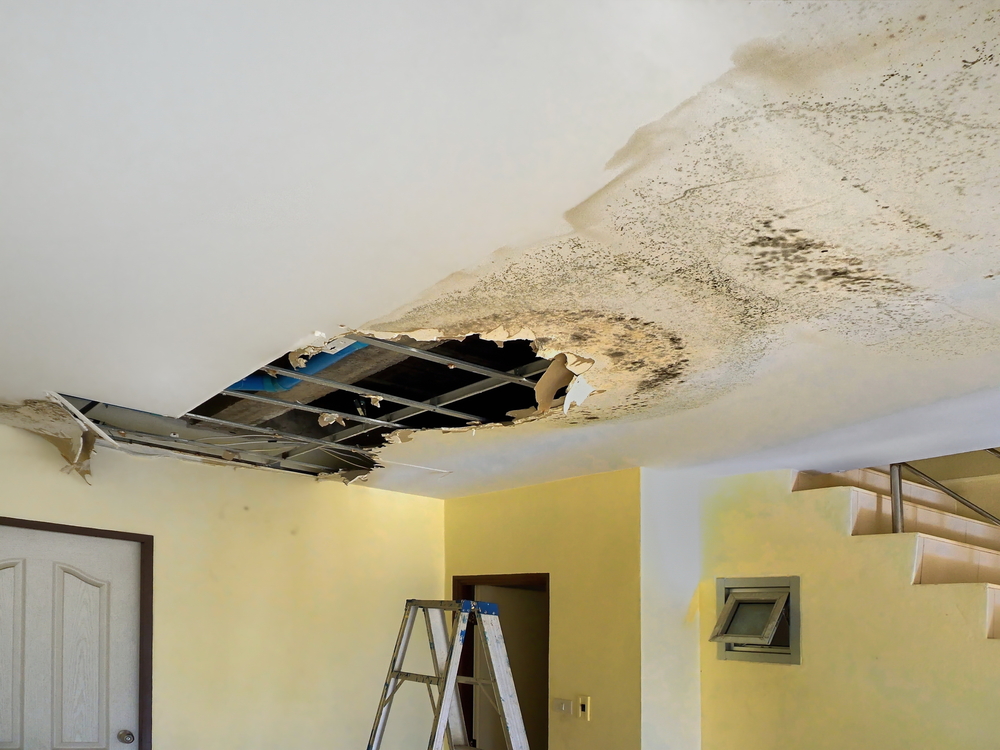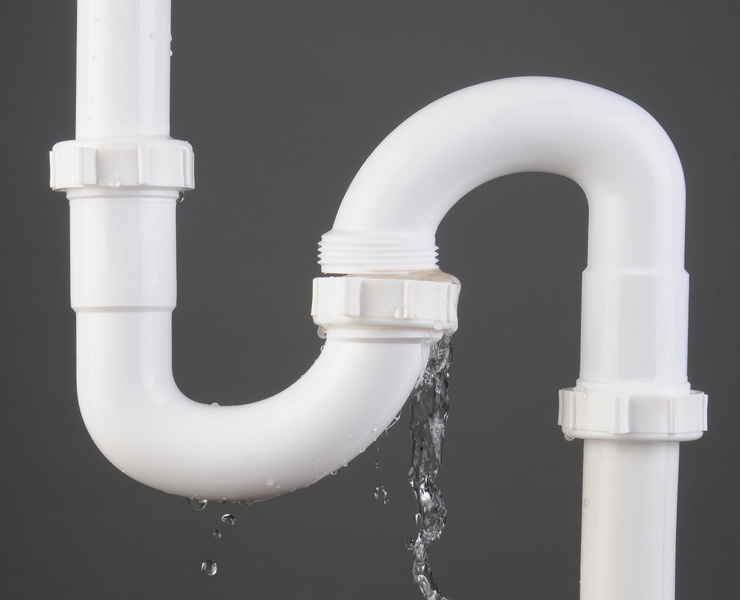We've stumbled upon this article about Hacks to detect leaks below on the net and thought it made perfect sense to share it with you on my blog.

Early detection of dripping water lines can minimize a possible catastrophe. Some tiny water leakages might not be visible.
1. Analyze the Water Meter
Every residence has a water meter. Inspecting it is a surefire manner in which assists you uncover leakages. For beginners, switch off all the water sources. Guarantee no person will certainly flush, make use of the faucet, shower, run the cleaning maker or dishwashing machine. From there, most likely to the meter as well as watch if it will alter. Since no person is using it, there must be no activities. That shows a fast-moving leak if it moves. If you detect no adjustments, wait an hour or 2 and inspect back again. This indicates you may have a sluggish leakage that could also be underground.
2. Inspect Water Consumption
Evaluate your water expenses and also track your water intake. As the one paying it, you must observe if there are any type of inconsistencies. If you find sudden changes, despite your consumption coinciding, it indicates that you have leaks in your plumbing system. Remember, your water costs ought to fall under the very same variety monthly. An abrupt spike in your expense indicates a fast-moving leakage.
Meanwhile, a constant boost every month, despite having the same behaviors, reveals you have a slow leak that's likewise gradually escalating. Call a plumber to extensively inspect your building, specifically if you really feel a warm area on your floor with piping beneath.
3. Do a Food Coloring Test
When it comes to water intake, 30% comes from bathrooms. If the shade somehow infiltrates your dish during that time without flushing, there's a leakage between the container and dish.
4. Asses Exterior Lines
Do not forget to check your exterior water lines too. Examination spigots by connecting a yard hose pipe. Needs to water seep out of the connection, you have a loosened rubber gasket. Replace this as well as make certain all links are limited. It will certainly help get it properly analyzed as well as maintained each year if you have actually got a lawn sprinkler system. One tiny leak can waste tons of water and also increase your water expense.
5. Check and Examine the Situation
Property owners need to make it a practice to examine under the sink counters and also even inside cupboards for any bad odor or mold growth. These two warnings show a leak so punctual focus is needed. Doing routine assessments, even bi-annually, can save you from a significant problem.
Inspect for stainings as well as damaging as the majority of pipes and also home appliances have a life span. If you believe leaking water lines in your plumbing system, do not wait for it to escalate.
Early discovery of dripping water lines can mitigate a prospective calamity. Some tiny water leaks might not be noticeable. Checking it is a proven way that aids you uncover leakages. One tiny leak can throw away loads of water as well as increase your water bill.
If you suspect leaking water lines in your plumbing system, don't wait for it to intensify.
WARNING SIGNS OF WATER LEAKAGE BEHIND THE WALL
PERSISTENT MUSTY ODORS
As water slowly drips from a leaky pipe inside the wall, flooring and sheetrock stay damp and develop an odor similar to wet cardboard. It generates a musty smell that can help you find hidden leaks.
MOLD IN UNUSUAL AREAS
Mold usually grows in wet areas like kitchens, baths and laundry rooms. If you spot the stuff on walls or baseboards in other rooms of the house, it’s a good indicator of undetected water leaks.
STAINS THAT GROW
When mold thrives around a leaky pipe, it sometimes takes hold on the inside surface of the affected wall. A growing stain on otherwise clean sheetrock is often your sign of a hidden plumbing problem.
PEELING OR BUBBLING WALLPAPER / PAINT
This clue is easy to miss in rooms that don’t get much use. When you see wallpaper separating along seams or paint bubbling or flaking off the wall, blame sheetrock that stays wet because of an undetected leak.
BUCKLED CEILINGS AND STAINED FLOORS
If ceilings or floors in bathrooms, kitchens or laundry areas develop structural problems, don’t rule out constant damp inside the walls. Wet sheetrock can affect adjacent framing, flooring and ceilings.
https://www.servicemasterbyzaba.com/blog/how-to-detect-water-leakage-in-walls/

Hopefully you enjoyed reading our section on Locating water leaks. Thanks a ton for taking the time to browse our posting. Those who liked our blog posting plz remember to pass it around. We enjoy reading our article about Hacks to detect leaks.
Drips? Dial fast!
Comments on “Unearthing Sneaky Water Line Leaks: 6 Proven Strategies”